Takashi Arai
Imago
August 30 - October 18, 2019
PGI
-
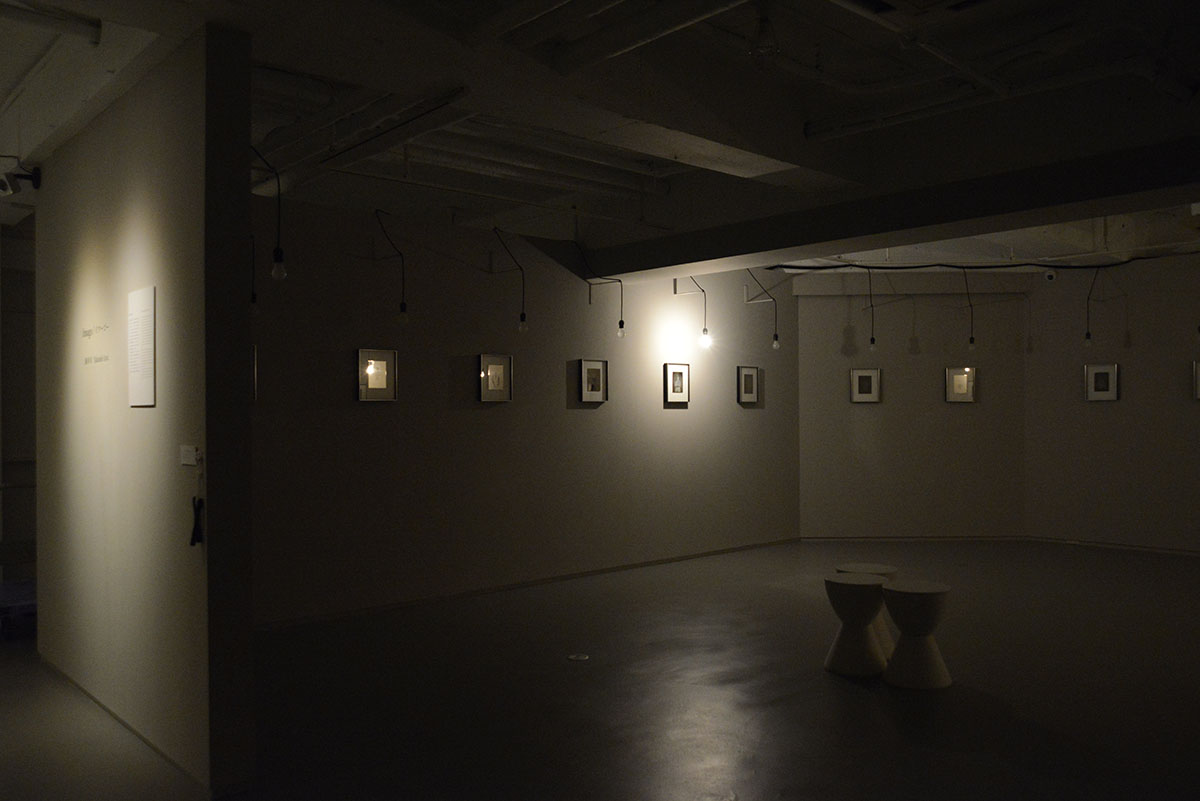
-
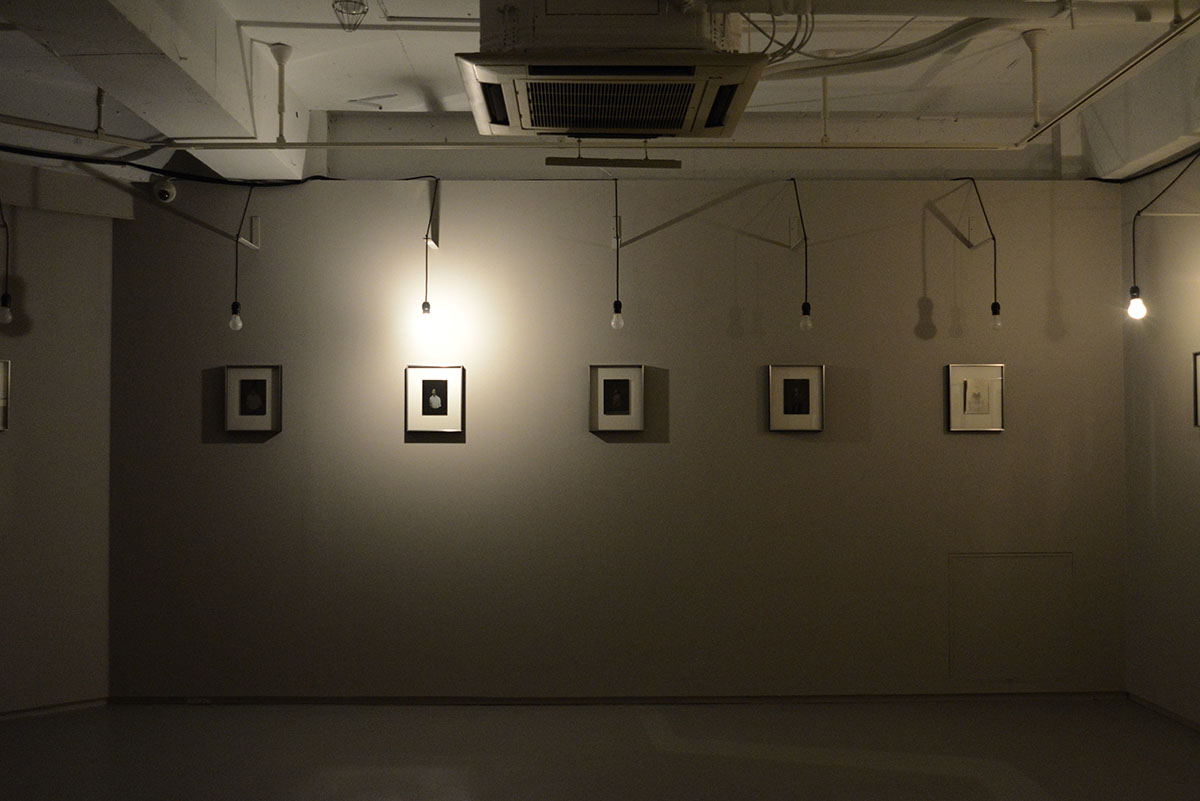
-
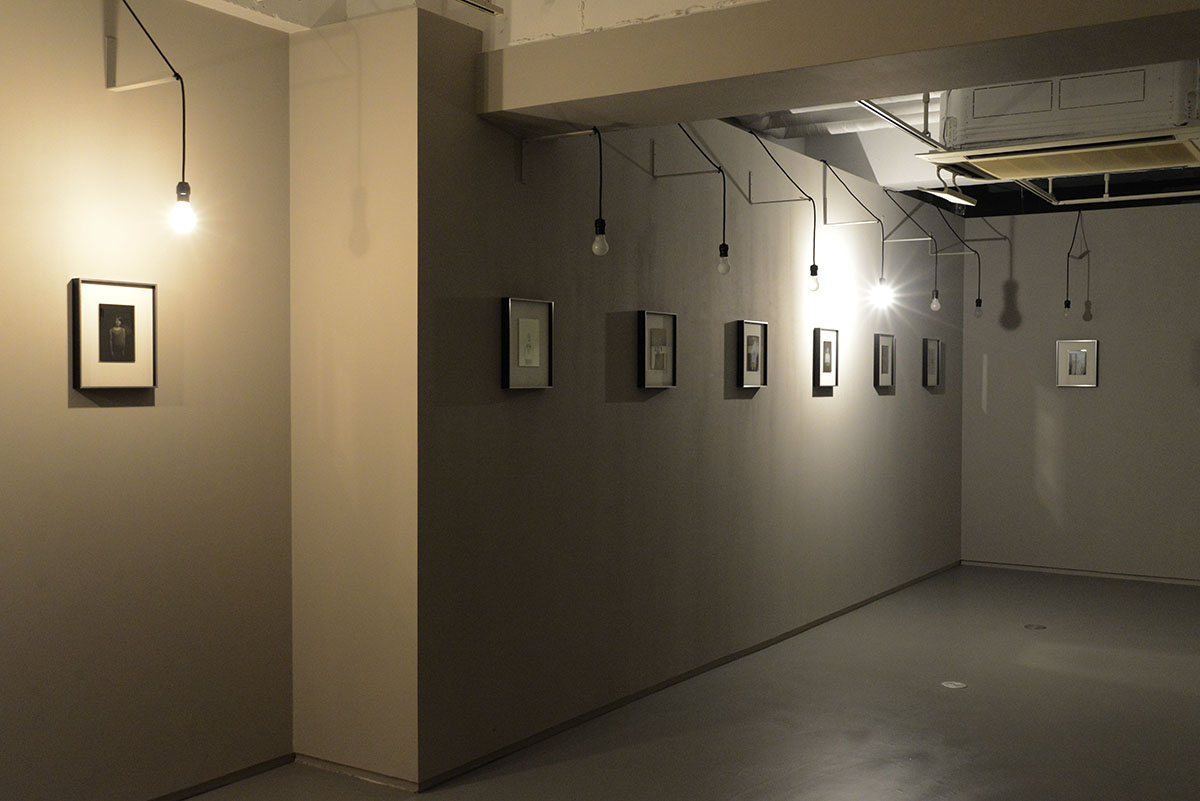
-
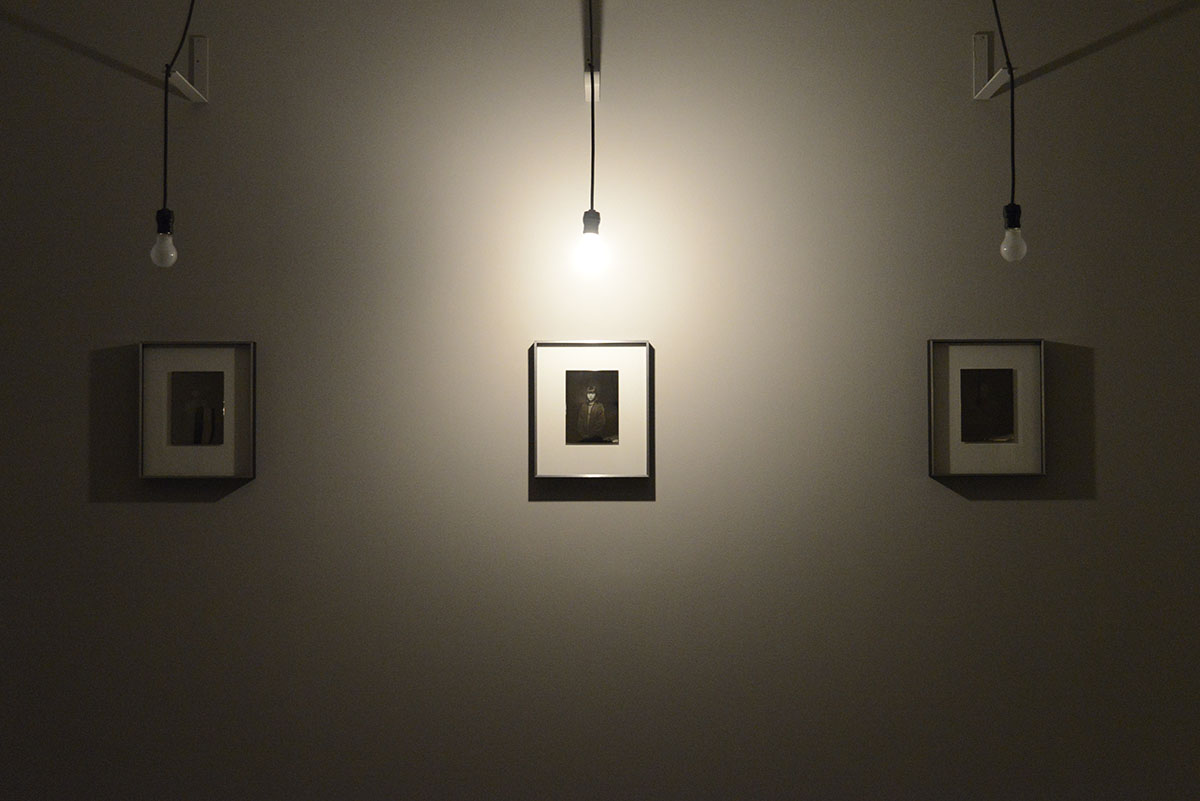
-
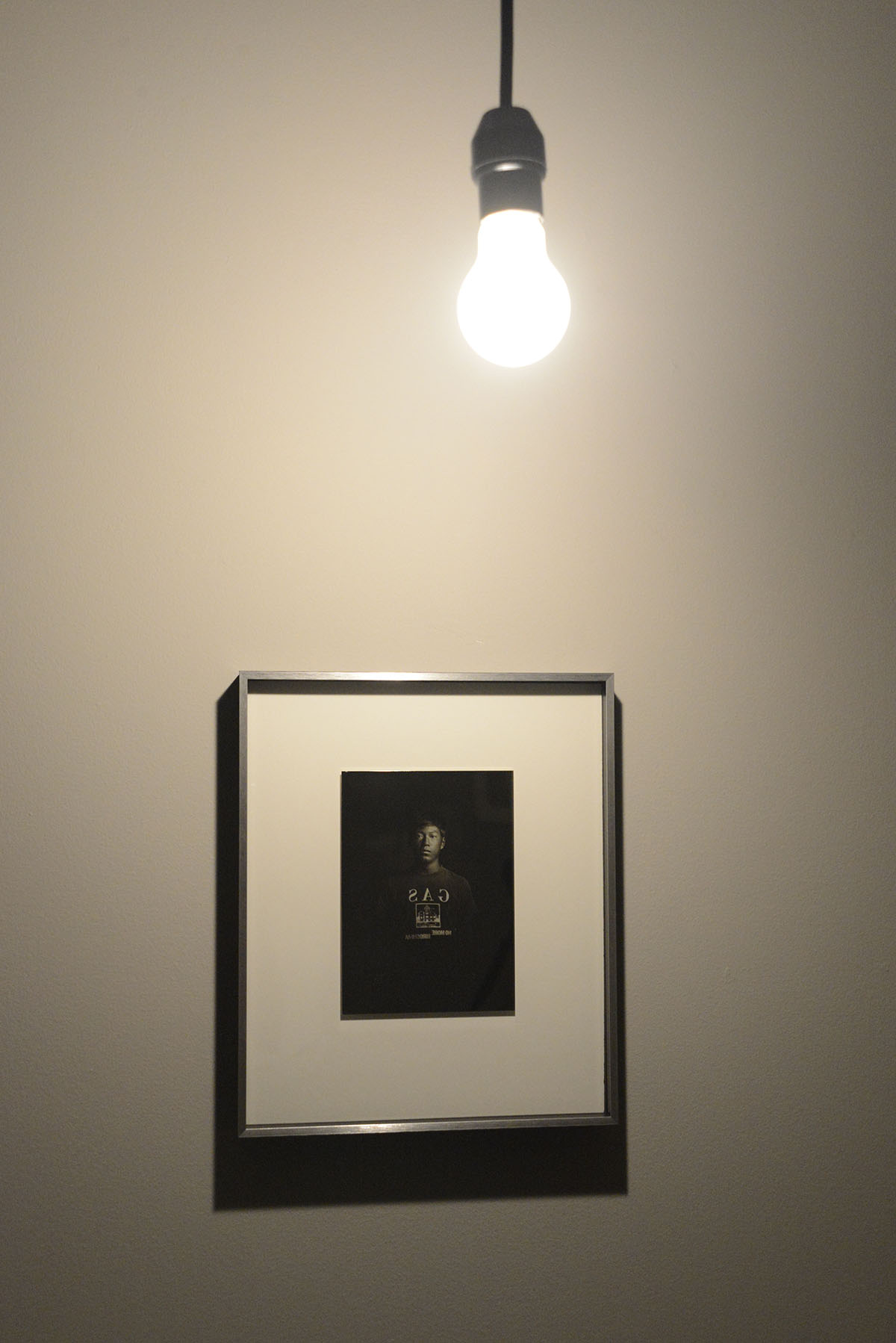
-
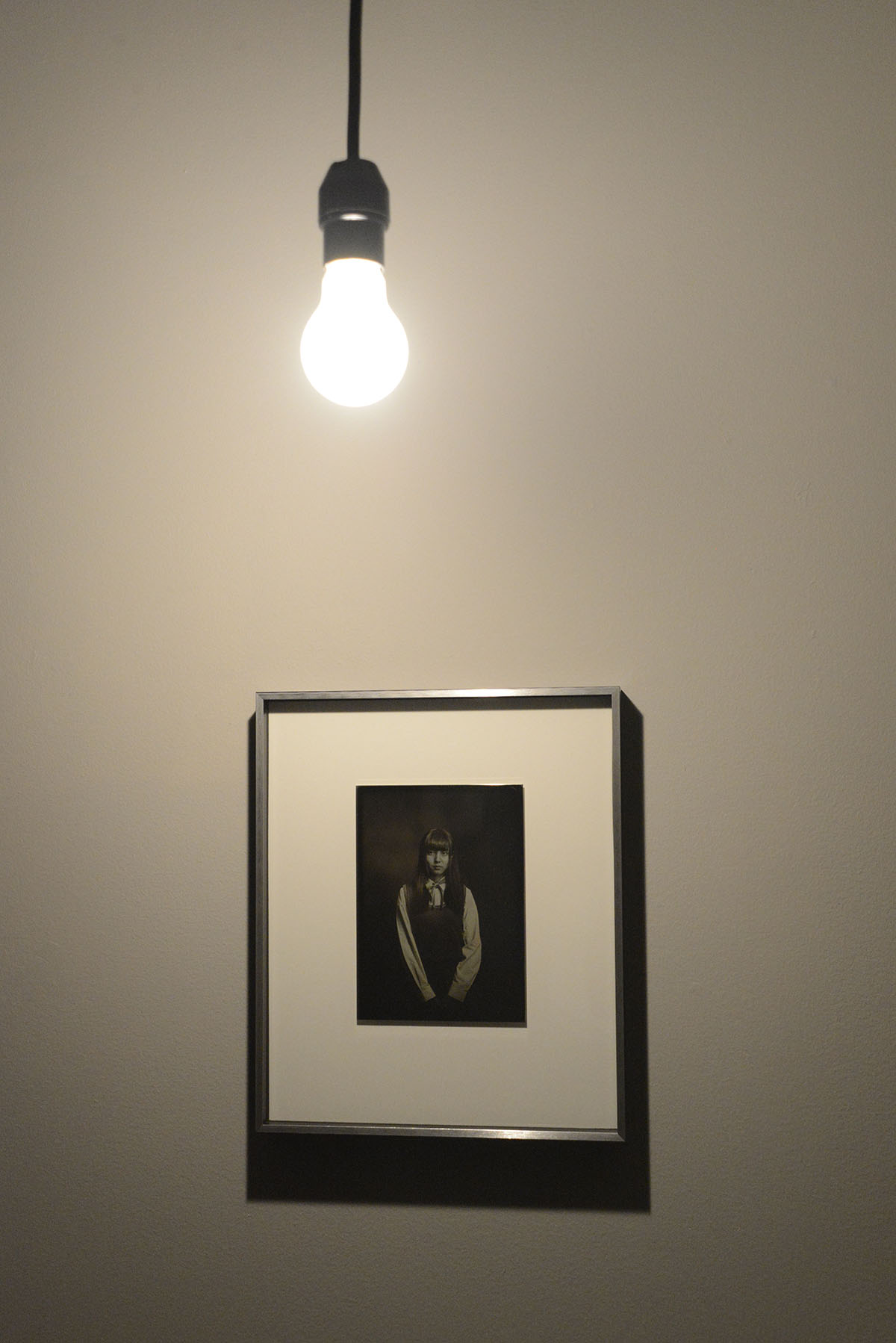
Taichi, Hiroshima (2016) ©Takashi Arai
-
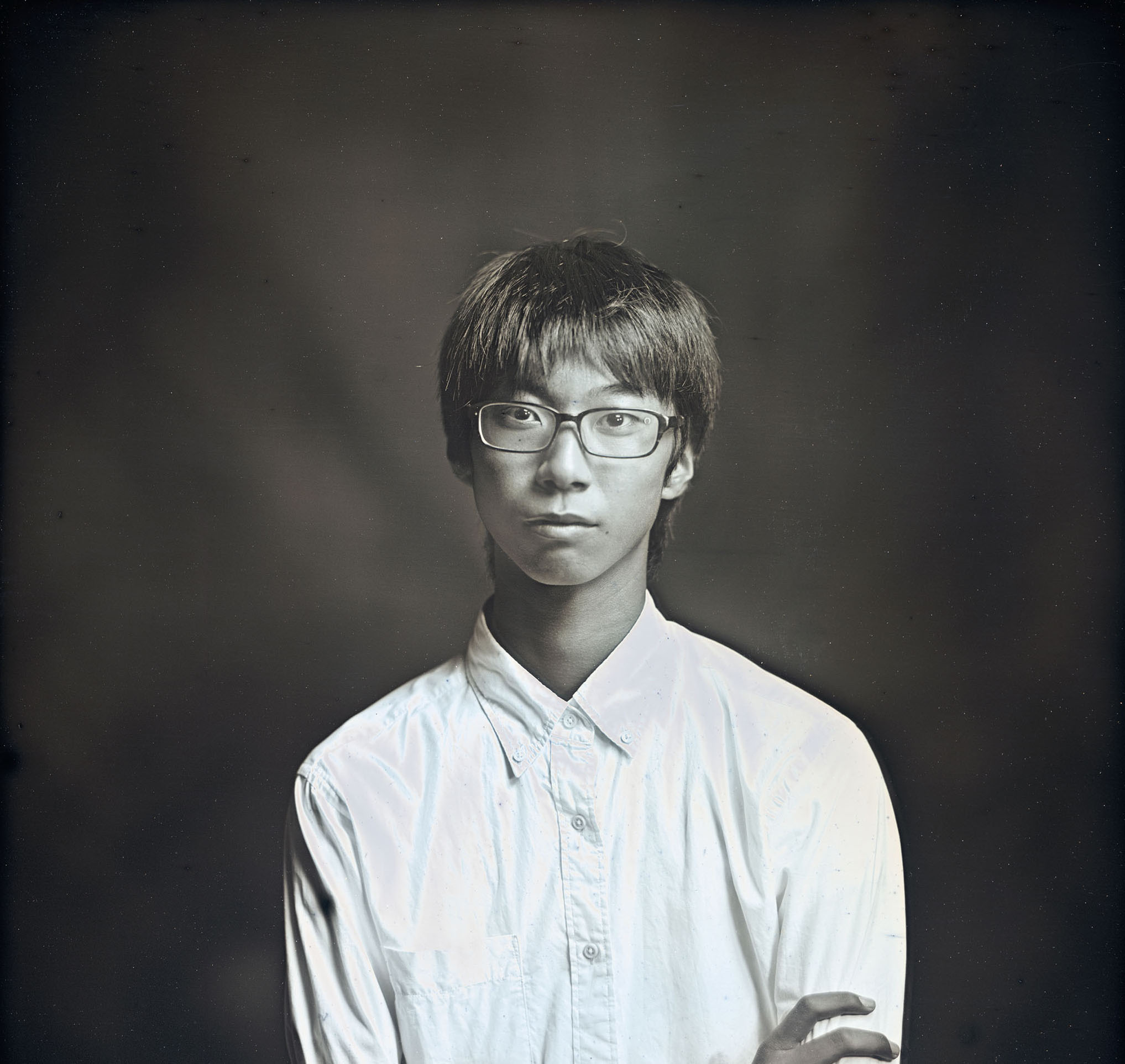
Taichi, Hiroshima (2016) ©Takashi Arai
-
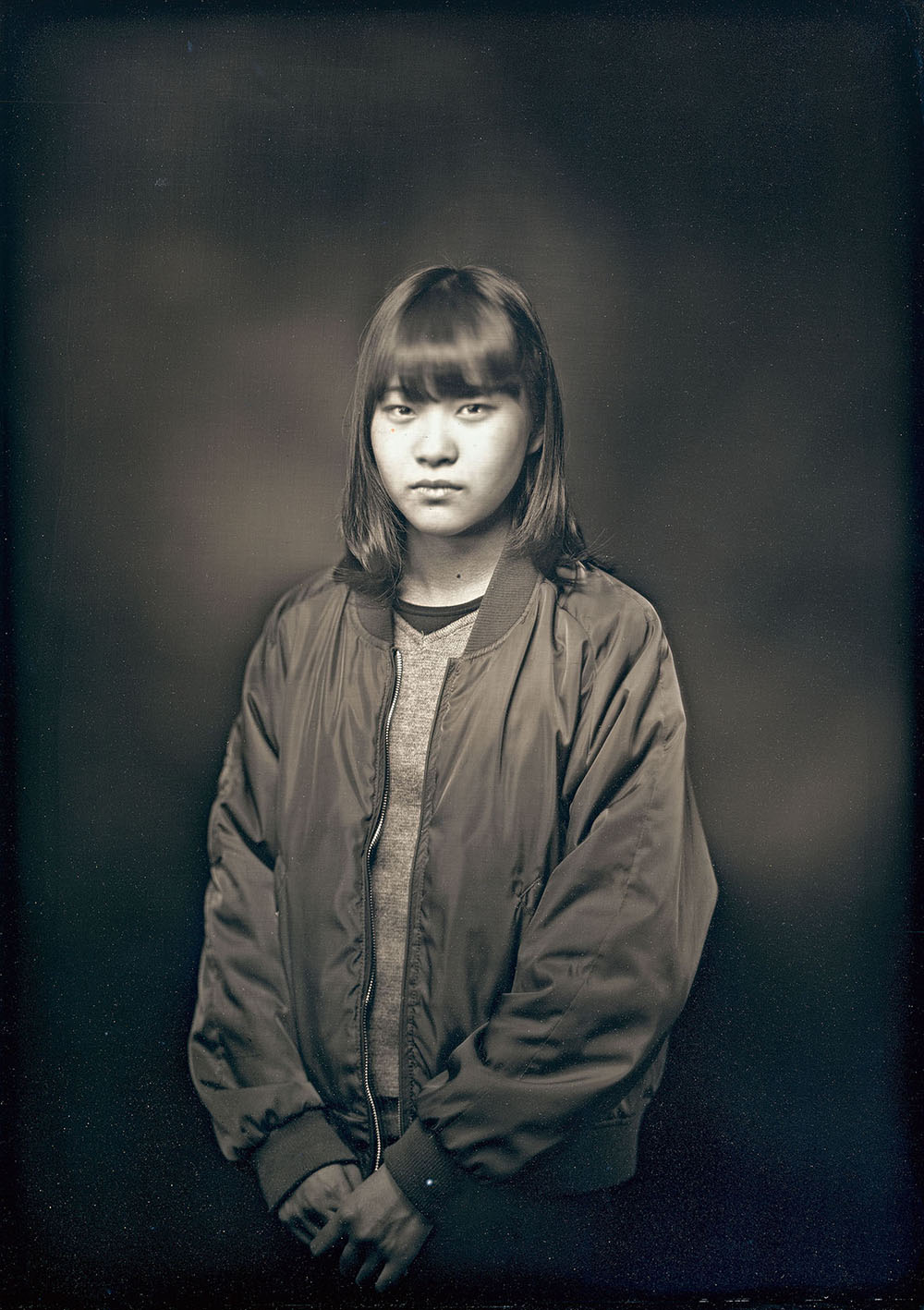
Mio, Fukushima (2017) ©Takashi Arai
Takashi Arai is one of the few artists working with the daguerreotype today, the world’s first widely available photographic process. This exhibition, entitled Imago, features work from the Tomorrow’s History, an ongoing project which began in 2016. This is his second exhibition at PGI.
By their very nature photographs depict the past, and mine are no exception. With this in mind I asked myself a simple question: “Can we predict the future?” To seek out the answer I began working on Tomorrow’s History, a series of portraits and interviews with teens between the ages of fourteen and seventeen.
Daguerreotypes typically require an exposure time of several seconds. To get around this I’ve employed powerful flashes capable of emitting tens of thousands of watts of light.
I derived inspiration from the portraits from an unforgettable Kurt Gunther painting of a little boy I once saw at a museum in LA. The unusual painting, made in 1928, features a boy I imagine to be the poster child for German youth of that era with his immaculately parted hair and shorts sitting cross-legged and glaring at the viewer. He gives off an unsettling aura, as though he knows what’s to come in the years that follow. More than anything, though, I recall his huge, narrowed eyes beaming back at me.
Until now my daguerreotypes have been somewhat blurred due to the long exposure times, which can range from a few seconds to tens of minutes. To me that look was more of a nice feature than a drawback. This time, however, I felt it was of the utmost importance to recreate the sharp eyes of the boy in Gunther’s painting.”
–Excerpt from the January 2017 17th Special Edition of SUBARU ‘For Tomorrow’s History – Daguerreotype Portraits of Seventeen-year-olds’
While Arai’s previous works have dealt with uncertainty, this series aimed to bring everything into exquisite focus. By seeking out, photographing and interviewing these young people I’ve put together a glimpse into possible futures as imagined by them.
Tomorrow’s History (2016-)
Tomorrow’s History began with a simple question: “Can we predict the future?” It is a series of daguerreotype portraits of teenagers with their interviews. After the 2011 Tōhoku earthquake and tsunami, I was shaken by the helplessly parochial standpoint of this country, which made me want to meet and directly hear what fourteen to seventeen year olds, for instance, were feeling and thinking at the present moment. Simply through an age bracket, we might be able to catch a glimpse of unseen facets of Japan, or aspects of the future yet to come.
Prompted by the strangely, utterly clear eyes of the boy in the painting made right before the outbreak of the World War II by the German Neue Sachlichkeit (New Objectivity) painter, Kurt Gunther, I experimented using electronic flashes with several tens of thousands of watts as an attempt to capture the slice of moment.
Daguerreotype, which is proven of at least 180 years of lifespan, thus becomes the most trustful memory device, which contains and passes down their likness to future generations after hundreds years.
Takashi Arai
Takashi Arai does not see daguerreotype as a nostalgic reproduction of a classical method; instead, he has made it his own personal medium, finding it a reliable device for storing memory that is far better for recording and transmitting interactions with his subjects than modern photography.
Beginning in 2010, when he first became interested in nuclear issues, Arai has used the daguerreotype technique to create individual records―micro-monuments―of his encounters with surviving crew members, and the salvaged hull, of the fallout-contaminated Daigo Fukuryūmaru fishing boat, records that touch upon the fragmented reality of events in the past. This project led him to photograph the deeply interconnected subjects of Fukushima, Hiroshima, and Nagasaki.
Arai’s work has appeared in numerous exhibitions, at the Museum of Fine Arts, Boston, Mori Art Museum, the National Museum of Modern Art, Tokyo, among other international venues.
In 2016, he received the 41st Kimura Ihei Award for his first monograph “MONUMENTS”(PGI, 2015). In 2018, Arai’s first short film “Oshira Kagami: The Mirror of the Oshira Deity” won the Category Prize at the 72nd Salerno International Film Festival, Italy.
His works are held in the public collections of the San Francisco Museum of Modern Art, the Hirshhorn Museum and Sculpture Garden, the Museum of Fine Arts, Boston, the National Museum of Modern Art, Tokyo, and Musée Guimet, among others.
Arai is a visiting researcher at National Museum of Ethnology since 2017.
PGI Exhibitions
| Jul 25 | - | Sep 20, 2014 | EXPOSED in a Hundred Suns |